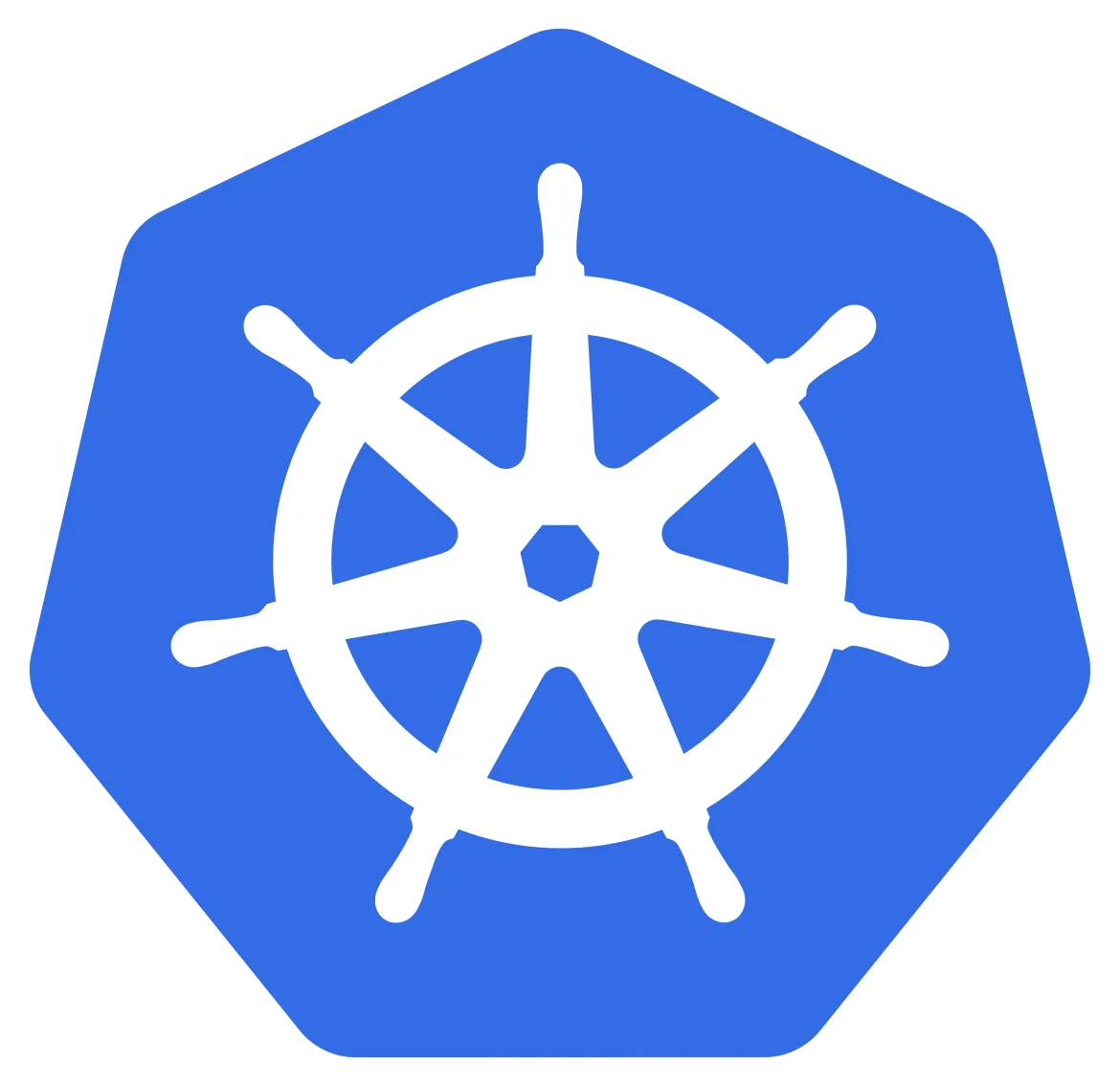The last mile for any enterprise IT system is the application. In order to enable those applications to function properly, an entire ecosystem of services, APIs, databases and edge servers must exist. As Carl Sagan once said, “If you wish to make an apple pie from scratch, you must first invent the universe.”
To create that IT universe, however, we must have control over its elements. In the Kubernetes universe, the individual solar systems and planets are now Operators, and the fundamental laws of that universe have solidified to the point where civilizations can grow and take root.
Discarding the metaphor, we can see this in the introduction of Object Count Quota Support For Custom Resources. In English, this enables administrators to count and limit the number of Kubernetes resources across the broader ecosystem in a given cluster. This means services like Knative, Istio, and even Operators like the CrunchyData PostgreSQL Operator, the MongoDB Operator or the Redis Operator can be controlled via quota using the same mechanisms that standard Kubernetes resources have enjoyed for many releases.
That’s great for developers, who can now be limited by certain expectations. It would not benefit the cluster for a bad bit of code to create 30 new PostgreSQL clusters because someone forgot to add a “;” at the end of a line. Call them “guardrails” that protect against unbounded object growth in your etcd database.
And this is a general theme across Kubernetes, at the moment: allowing the ecosystem around the Kubernetes Core to better take care of itself, monitor itself, and to generally provide the groundwork needed by those looking to extend the functionality of this container-native infrastructure platform. The CNCF is focusing on filling out the final remaining areas of the core that need polish, while preparing Kubernetes for the next million applications and services that will make the migration.
More and more applications and platforms are building on top of Kubernetes as a platform for extension. A key requirement for control in the enterprise is the need to manage consumption of these resource APIs. Whether its an API resource introduced from Istio or Knative, or an end-user application oriented API provided via an Operator in OperatorHub, administrators have a standard format for controlling consumption of those resources using Kubernetes ResourceQuota everywhere.
Elsewhere in Kubernetes 1.15, there were some Node enhancements. The third-party device monitoring feature is enabled by default. This allows device vendors to provide device-specific metrics (like GPUs) without having to contribute to core Kubernetes. Device specific operators can now cover both the deployment and production monitoring for a device associated with a pod. Similar to devices, CSI volume stats are also available as a kubelet metric source enabling custom storage providers to support monitoring in production. The core Kubelet has also improved the performance around monitoring to only collect the core metrics required by the platform itself as part of a longer term journey to separate the kubelet from cAdvisor. Finally, the ability to isolate pid resources for the node from scheduling has graduated to beta completing the journey started in the release prior.
In aggregate, these types of incremental changes that enable control and visibility into how the platform is consumed enables the broader ecosystem to build upon Kubernetes as a reliable platform for extension that administrators can trust. We’ll be working to integrate Kubernetes 1.15 into future releases of Red Hat OpenShift.
Sull'autore
Altri risultati simili a questo
Ricerca per canale
Automazione
Novità sull'automazione IT di tecnologie, team e ambienti
Intelligenza artificiale
Aggiornamenti sulle piattaforme che consentono alle aziende di eseguire carichi di lavoro IA ovunque
Hybrid cloud open source
Scopri come affrontare il futuro in modo più agile grazie al cloud ibrido
Sicurezza
Le ultime novità sulle nostre soluzioni per ridurre i rischi nelle tecnologie e negli ambienti
Edge computing
Aggiornamenti sulle piattaforme che semplificano l'operatività edge
Infrastruttura
Le ultime novità sulla piattaforma Linux aziendale leader a livello mondiale
Applicazioni
Approfondimenti sulle nostre soluzioni alle sfide applicative più difficili
Serie originali
Raccontiamo le interessanti storie di leader e creatori di tecnologie pensate per le aziende
Prodotti
- Red Hat Enterprise Linux
- Red Hat OpenShift
- Red Hat Ansible Automation Platform
- Servizi cloud
- Scopri tutti i prodotti
Strumenti
- Formazione e certificazioni
- Il mio account
- Supporto clienti
- Risorse per sviluppatori
- Trova un partner
- Red Hat Ecosystem Catalog
- Calcola il valore delle soluzioni Red Hat
- Documentazione
Prova, acquista, vendi
Comunica
- Contatta l'ufficio vendite
- Contatta l'assistenza clienti
- Contatta un esperto della formazione
- Social media
Informazioni su Red Hat
Red Hat è leader mondiale nella fornitura di soluzioni open source per le aziende, tra cui Linux, Kubernetes, container e soluzioni cloud. Le nostre soluzioni open source, rese sicure per un uso aziendale, consentono di operare su più piattaforme e ambienti, dal datacenter centrale all'edge della rete.
Seleziona la tua lingua
Red Hat legal and privacy links
- Informazioni su Red Hat
- Opportunità di lavoro
- Eventi
- Sedi
- Contattaci
- Blog di Red Hat
- Diversità, equità e inclusione
- Cool Stuff Store
- Red Hat Summit


